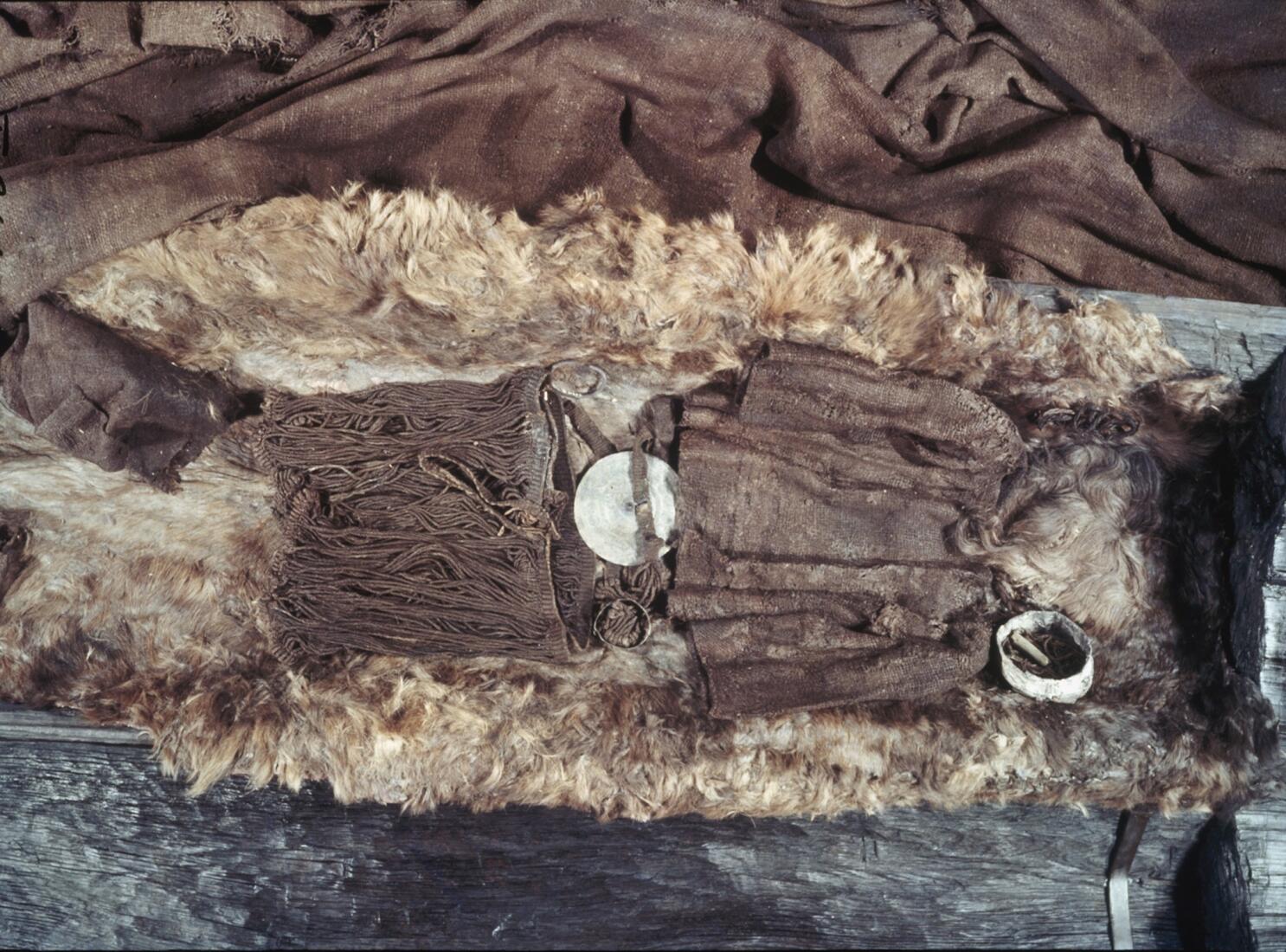The Egtved Girl: A Glimpse into the Nordic Bronze Age
The Egtved Girl, believed to have lived between 1390 and 1370 BCE, was a young woman from the Nordic Bronze Age whose incredibly well-preserved remains were discovered near Egtved, Denmark, in 1921. Her burial in an oak-log coffin, sealed within a barrow, created unique anoxic (oxygen-deprived) and acidic conditions. While her bones disintegrated due to these conditions, her skin, hair, teeth, nails, and remarkably, her woolen clothing remained exceptionally intact, offering an unprecedented window into the life, appearance, and funerary customs of a high-status individual from over 3,300 years ago.

The Egtved Girl’s burial was rich with details about Bronze Age culture. She was interred wearing a distinctive outfit that caused a sensation upon its discovery: a short, midriff-baring tunic and an iconic short string skirt, along with a large spiral-decorated bronze belt plate, bronze arm rings, and an earring. Also found with her were a bark box containing a bronze awl and a hairnet, and at her feet, a small birch bucket that once held a type of beer. Crucially, the cremated remains of a small child, aged 5-6, were also discovered in her coffin, leading to ongoing speculation about their relationship and the nature of this double burial.

Perhaps one of the most astonishing revelations about the Egtved Girl came from strontium isotope analysis of her teeth, hair, and nails. This cutting-edge scientific technique revealed that she was not, in fact, local to the Egtved area. Instead, initial studies suggested she was born and raised hundreds of miles away, likely in the Black Forest region of southwestern Germany, and traveled extensively in the last two years of her life, possibly even returning to her birthplace before her final journey to Denmark. While some more recent research has challenged the extent of her travels, suggesting a more localized movement, the Egtved Girl continues to be a captivating figure, shedding light on mobility, trade, and social networks during the Nordic Bronze Age.
